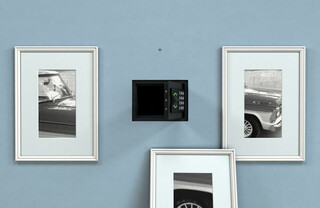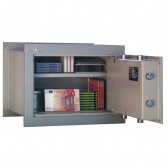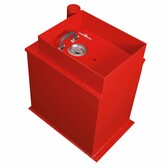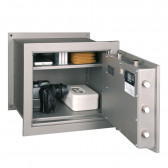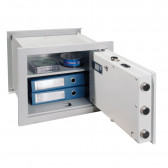An outsider will only notice the carpet, the furniture or the painting. However, these furnishings can have the additional function of concealing the safe. There are several types of safes which are mounted in the floor or wall. To avoid unnecessary expenses, you should think about where to place the safe. Below we describe what you need to consider.
Do you want to protect your valuables from damage, theft or getting into the wrong hands, but you don't want your safe to be conspicuous to outsiders or guests? Perhaps you don't have much free space in your home or office? Furniture safes or free-standing safes may not meet your expectations. But there's nothing to lose, because you also have a great choice of wall and floor safes.
However, when deciding on one of them, you should remember that the choice and location of a safe is best made at the stage of designing a property or during other renovation and construction works in a given room. After all, drilling a hole for a safe may mean replacing floor or wall installations.
Market overview
Floor safes resemble a tube/pipe or cuboid in shape. The former are typically small. Inside them there is at least one can with a screw cap with a diameter of about 50 mm or slightly more. This solution allows for discreet storage of, among others, important keys, small documents or cash. The thickness of the body and door may be e.g. 6 mm, and the security is provided by a semi-cylindrical lock, to which keys are attached.
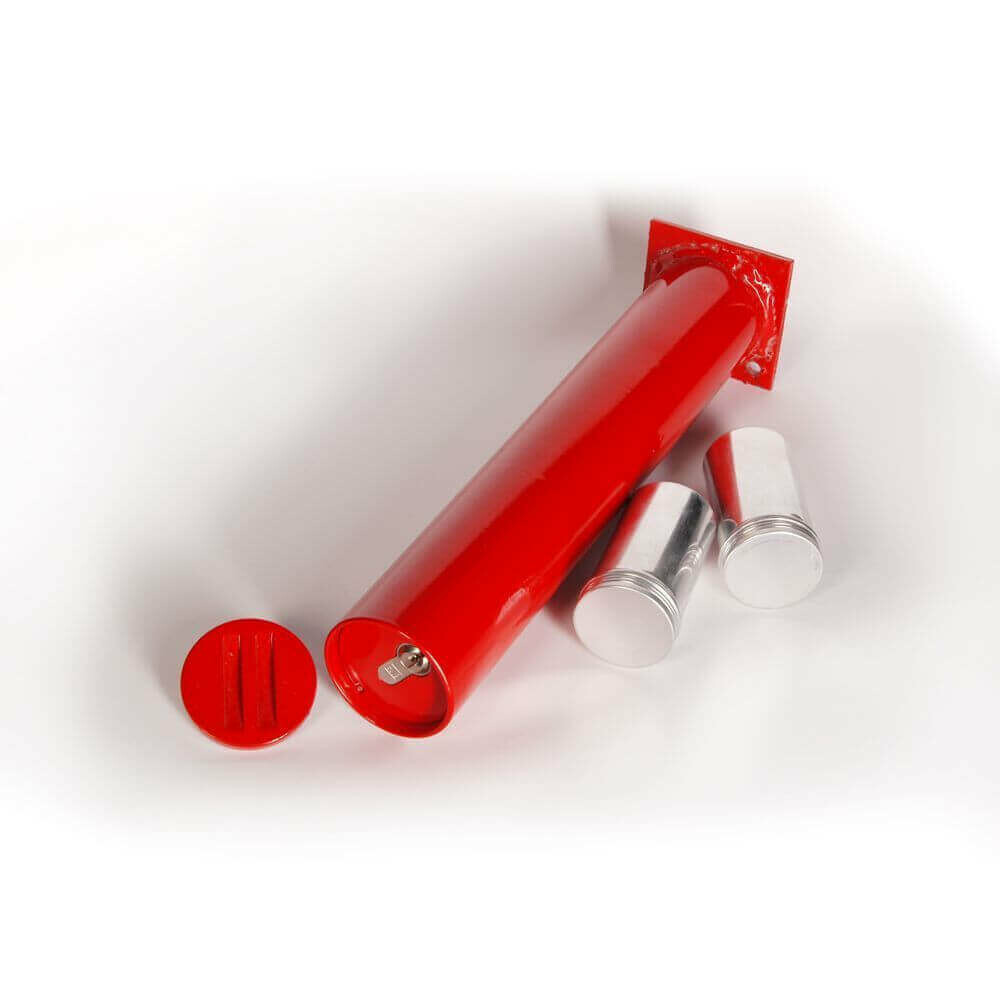
Read also: 4 advantages of tubular safes
Cuboid floor safes are larger. The capacity of some exceeds 50 litres and the weight is often around 50 kg. A characteristic feature is the door located on the upper wall, with a thickness of more than one centimetre. In addition, there are safes on the market, the interior of which is equipped with a lockable slot for money containers. Up to ten such containers can be stored there.
Customers looking for wall safes have a far greater choice. Tube safes usually weigh a few kilos. Safes with classic shapes are much heavier. They sometimes weigh more than 270 kg. The smallest wall safes have a capacity of a few litres, and the largest have a capacity of several hundred litres. The largest wall safes can hold up to several dozen files, and are used for storing large cash deposits, valuables and important documents. This is a range of products with a large range in terms of the external dimensions of the safe.
Time for concrete
When choosing a safe, you should always pay attention to the dimensions, but when it comes to floor or wall mounting, the external dimension of the safe is particularly important. Why? Because making a mistake at this stage can mean far worse security than the manufacturer intended.
Experts suggest that a floor safe must be surrounded by a ten centimetre layer of concrete. This requirement makes it impossible to install such a safe in many flats. However, when there are no contraindications to this, it remains to mask it properly.
Some users place them under carpets, others under furniture, e.g. under beds, chests of drawers or wardrobes. This is a matter of individual choice, connected with the arrangement of the interior. The most important thing is that the safe should not be visible to outsiders.
In the case of wall mounting, the strength of the wall must be taken into account, as the dimensions and weight of individual safes vary. In this case you should also choose a place where it will be possible to place at least a ten-centimetre layer of concrete. Before painting or washing the wall, the safe should be protected against paint, water and other chemicals. If any liquid substance gets into the interior, there is a risk of damaging the door locking mechanism. When installed correctly, the safe must fit smoothly into the wall. As a result, it can be hidden, for example, behind a painting, a curtain or furniture.
Summary
Floor and wall safes work well in both private and office spaces. However, the specifics of the property in question must always be taken into account. The purchase decision should be well thought out, especially if you like to change the arrangement of the room frequently. Replacing with a newer or larger safe or changing the type of safe means far more complications than in the case of freestanding safes.
Read also: 5 most popular places to put a safe
